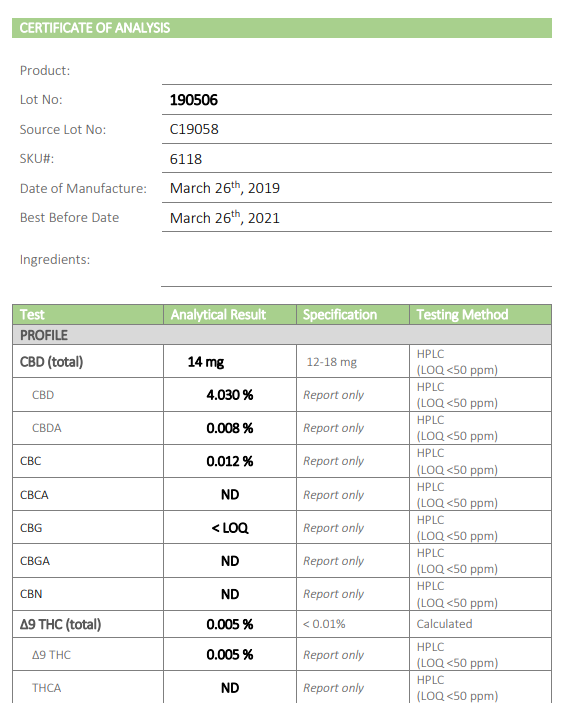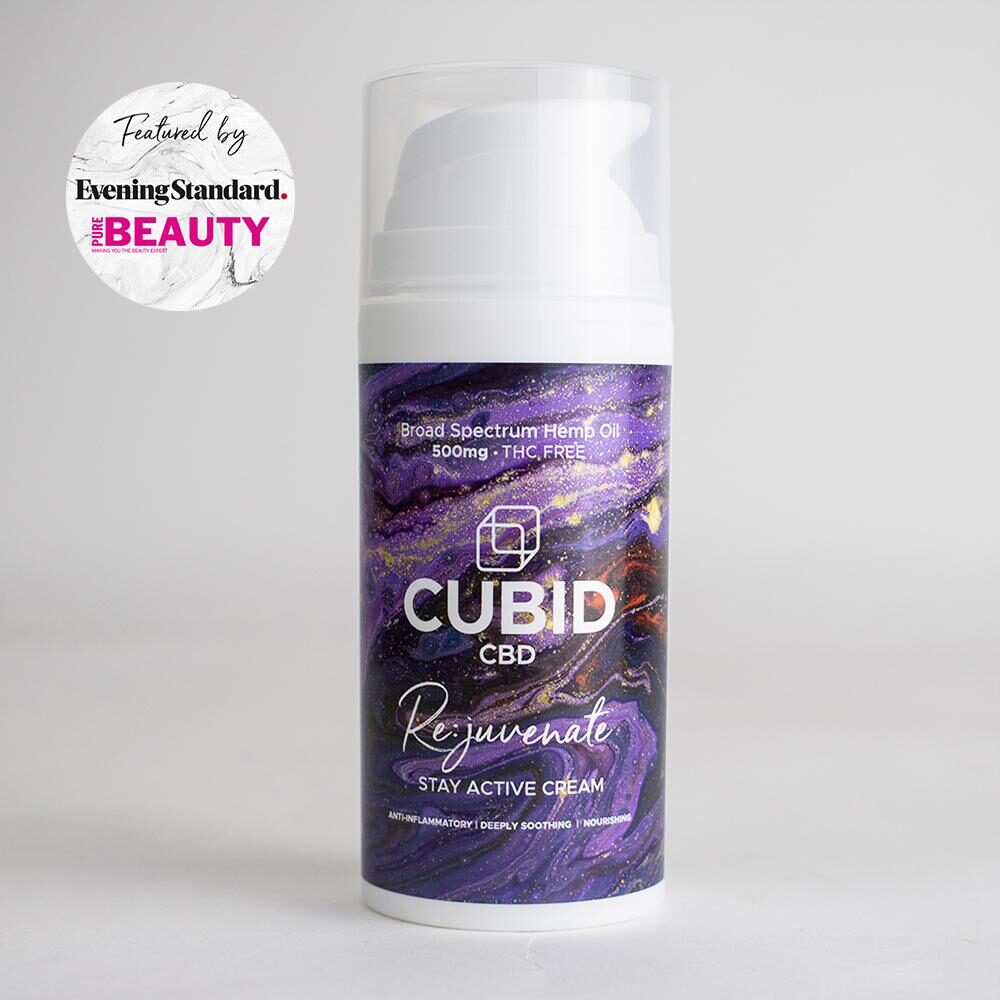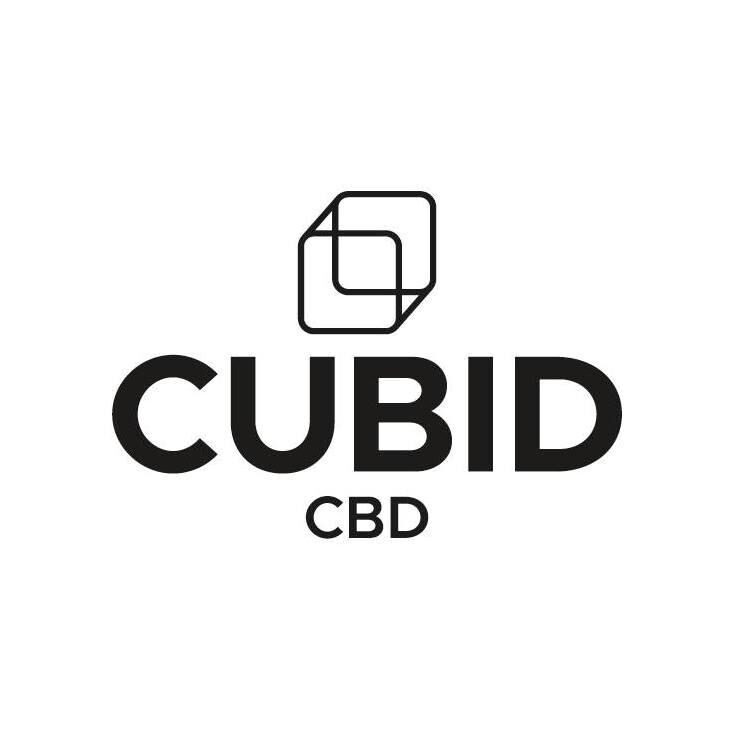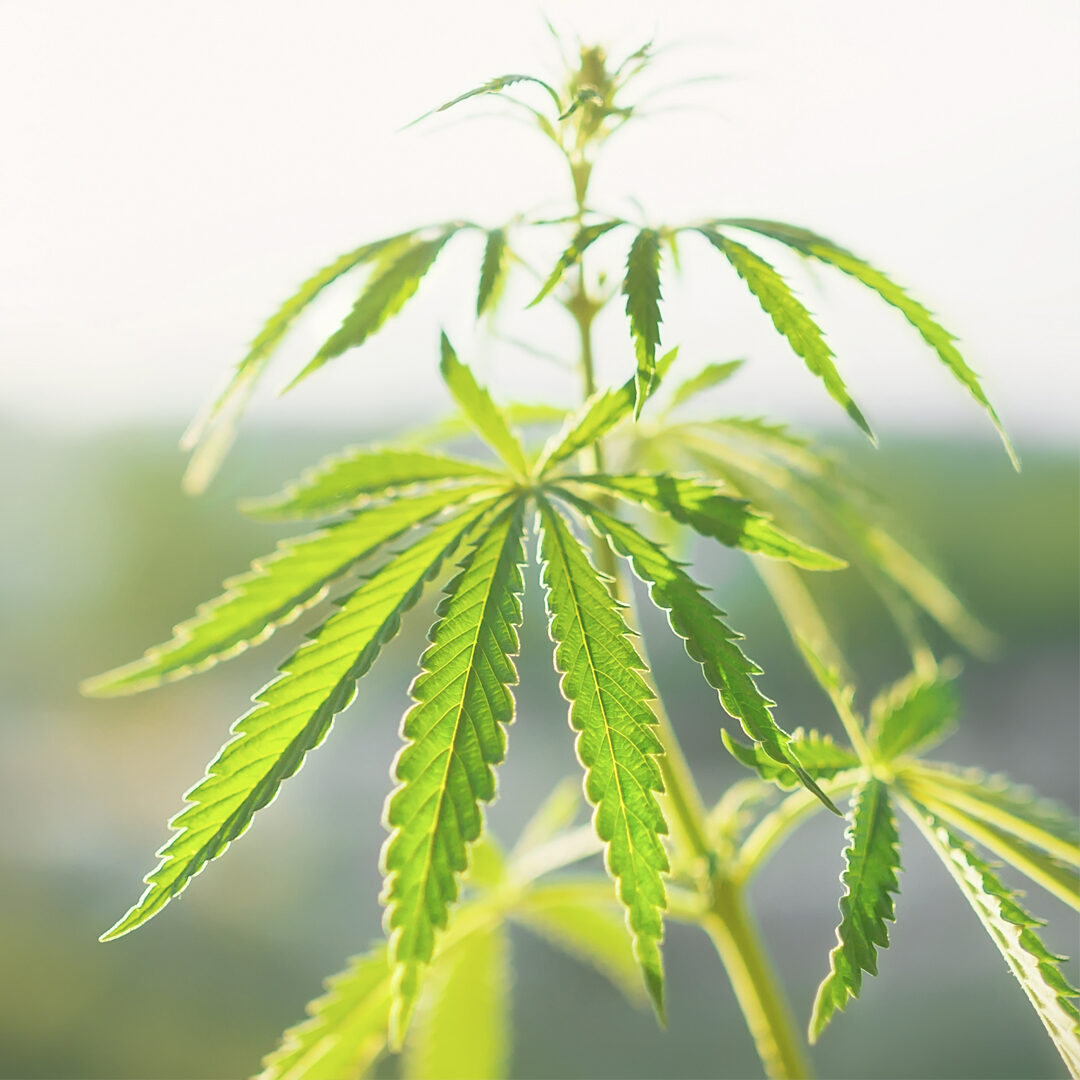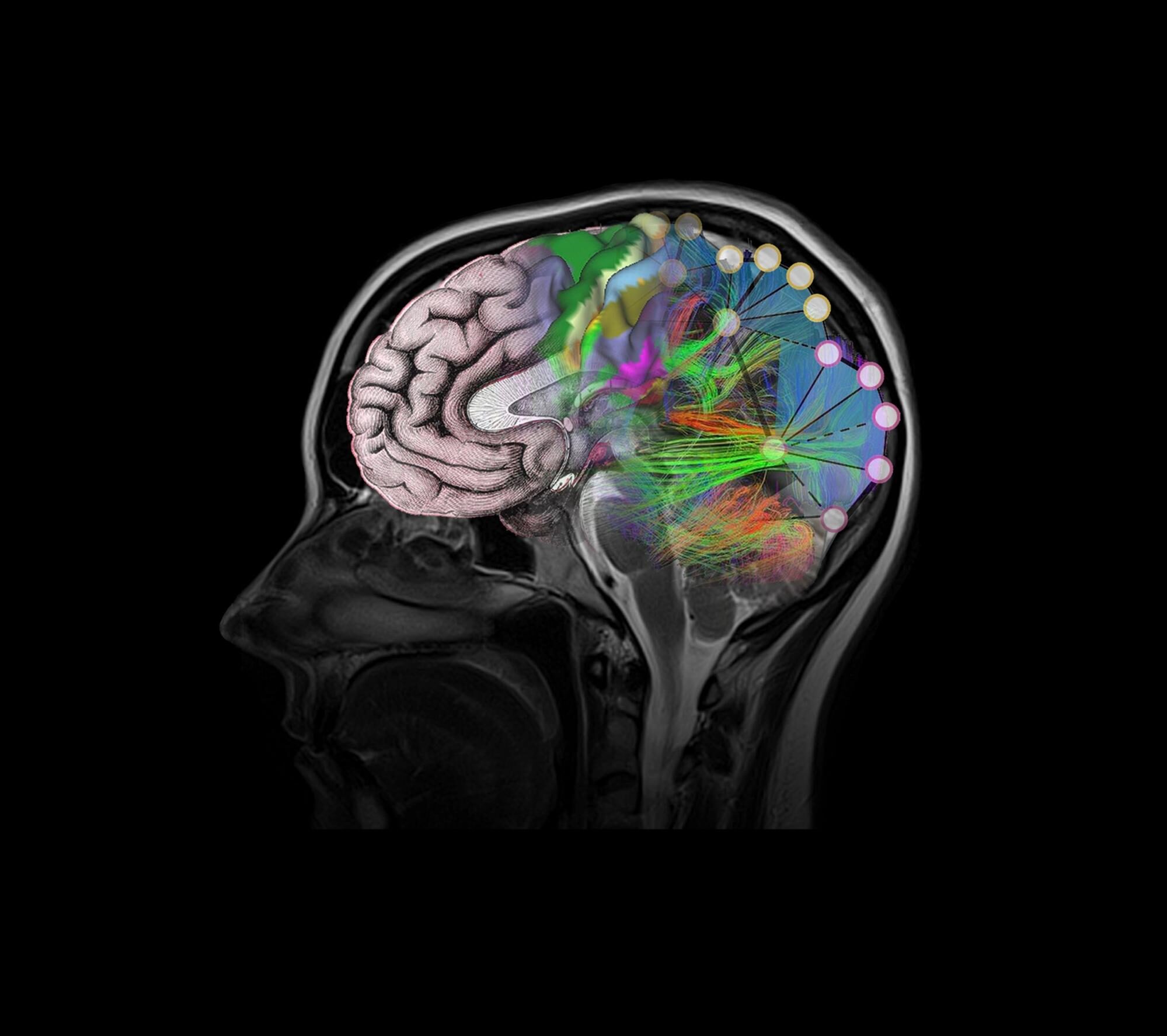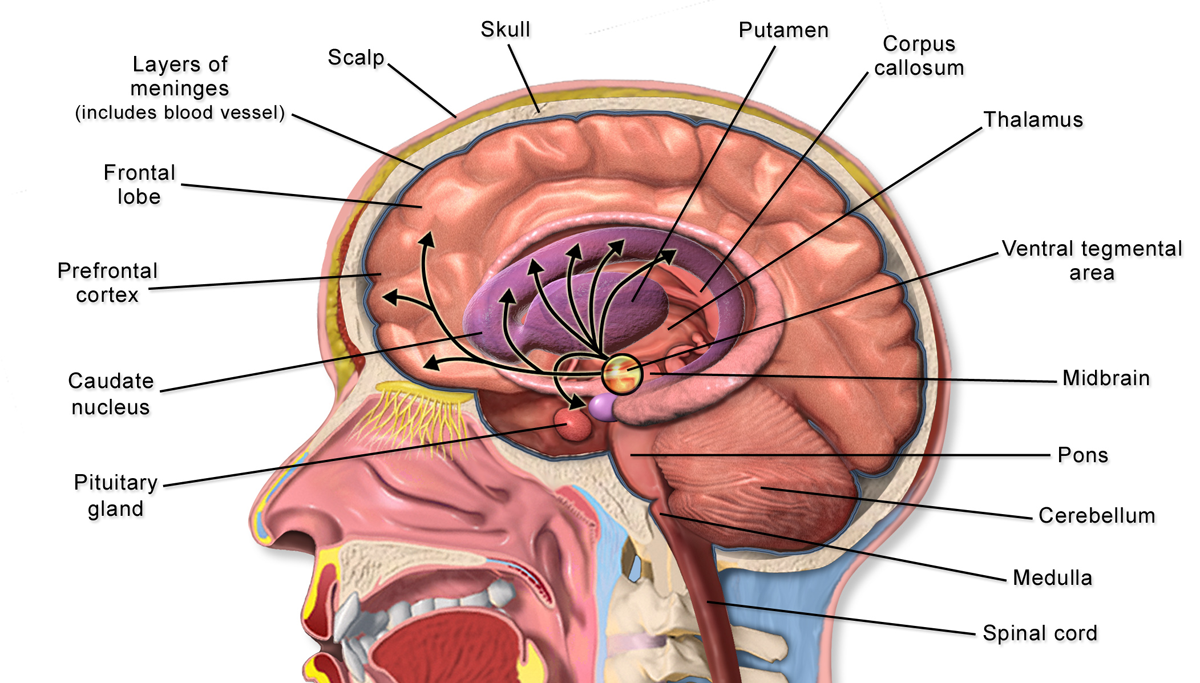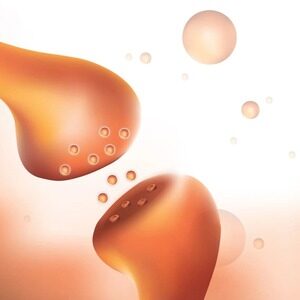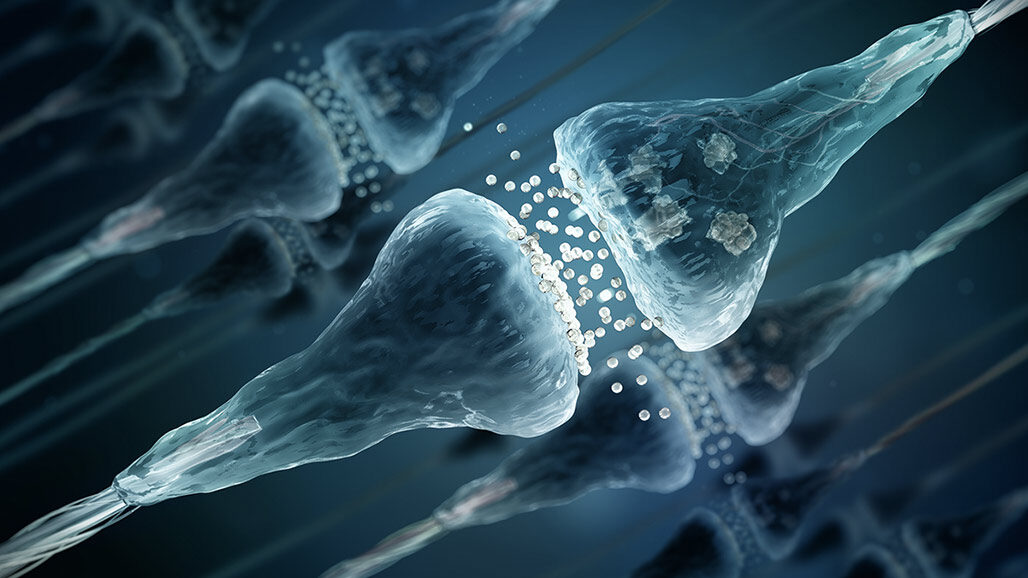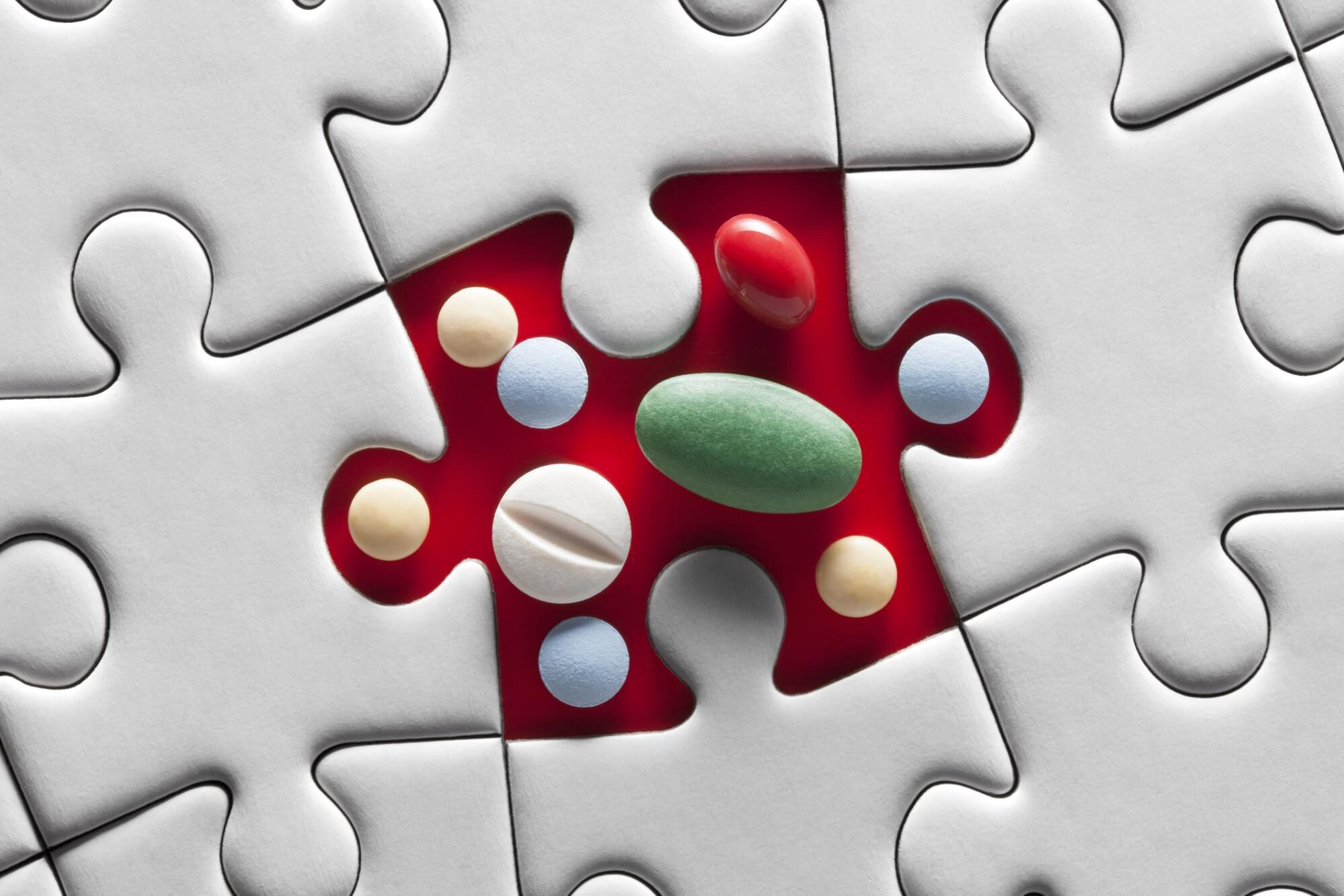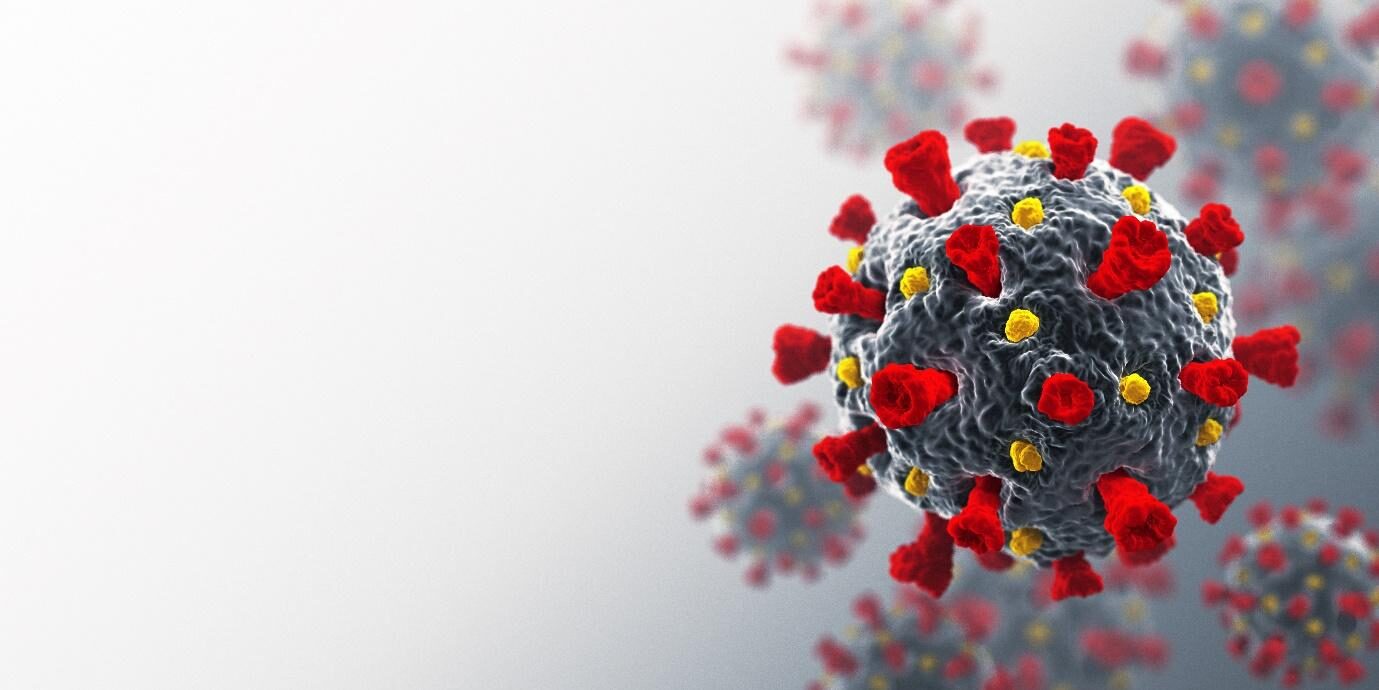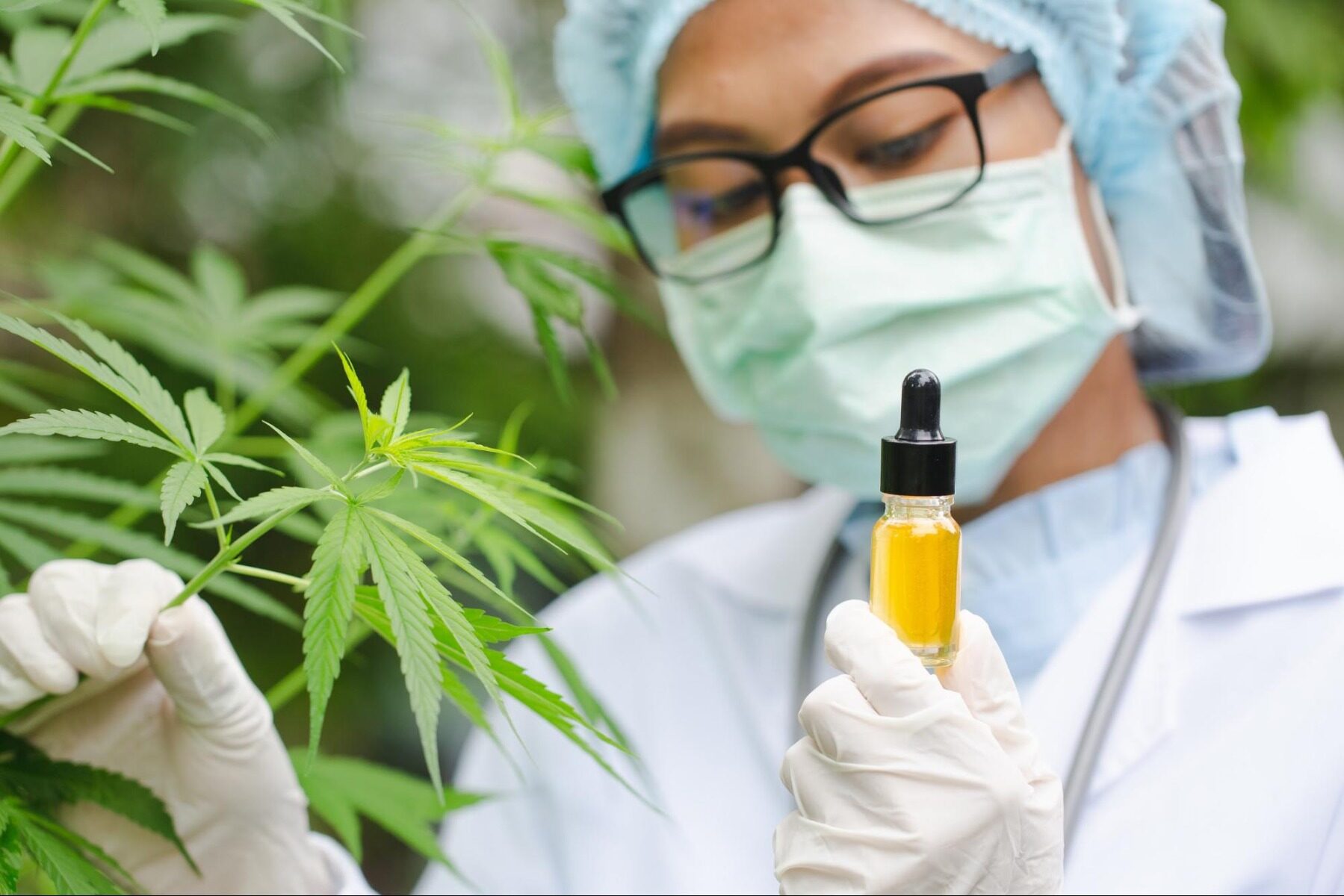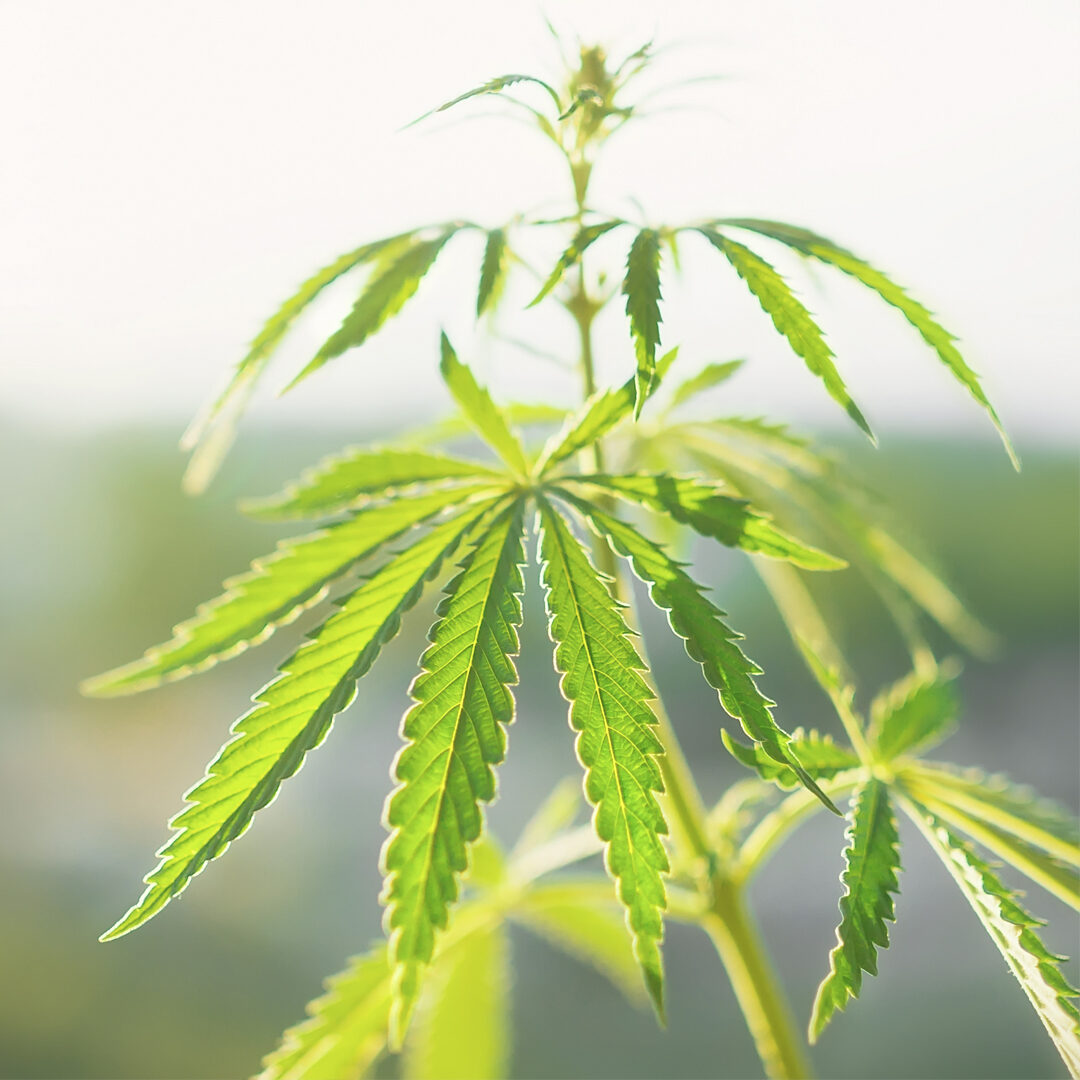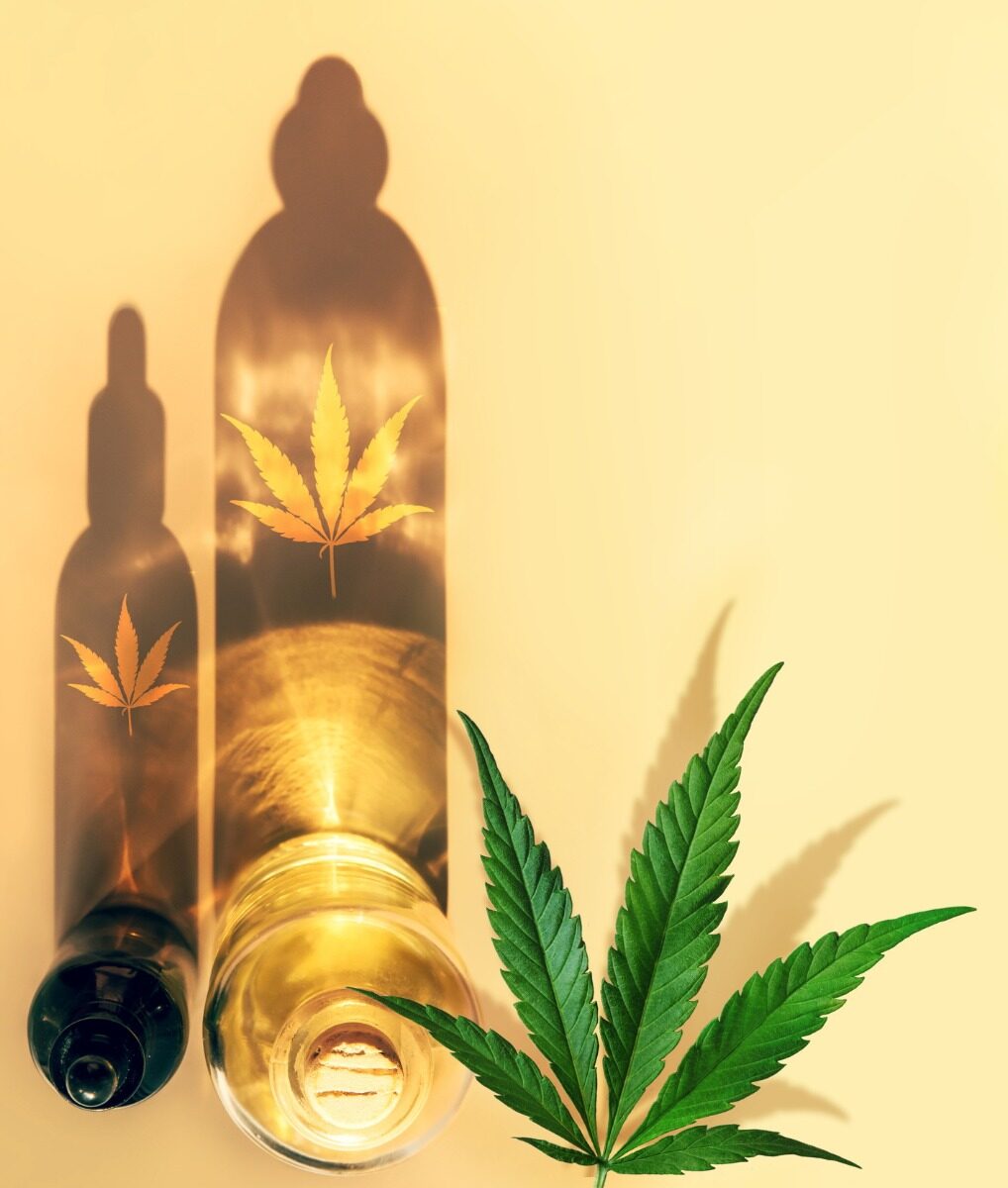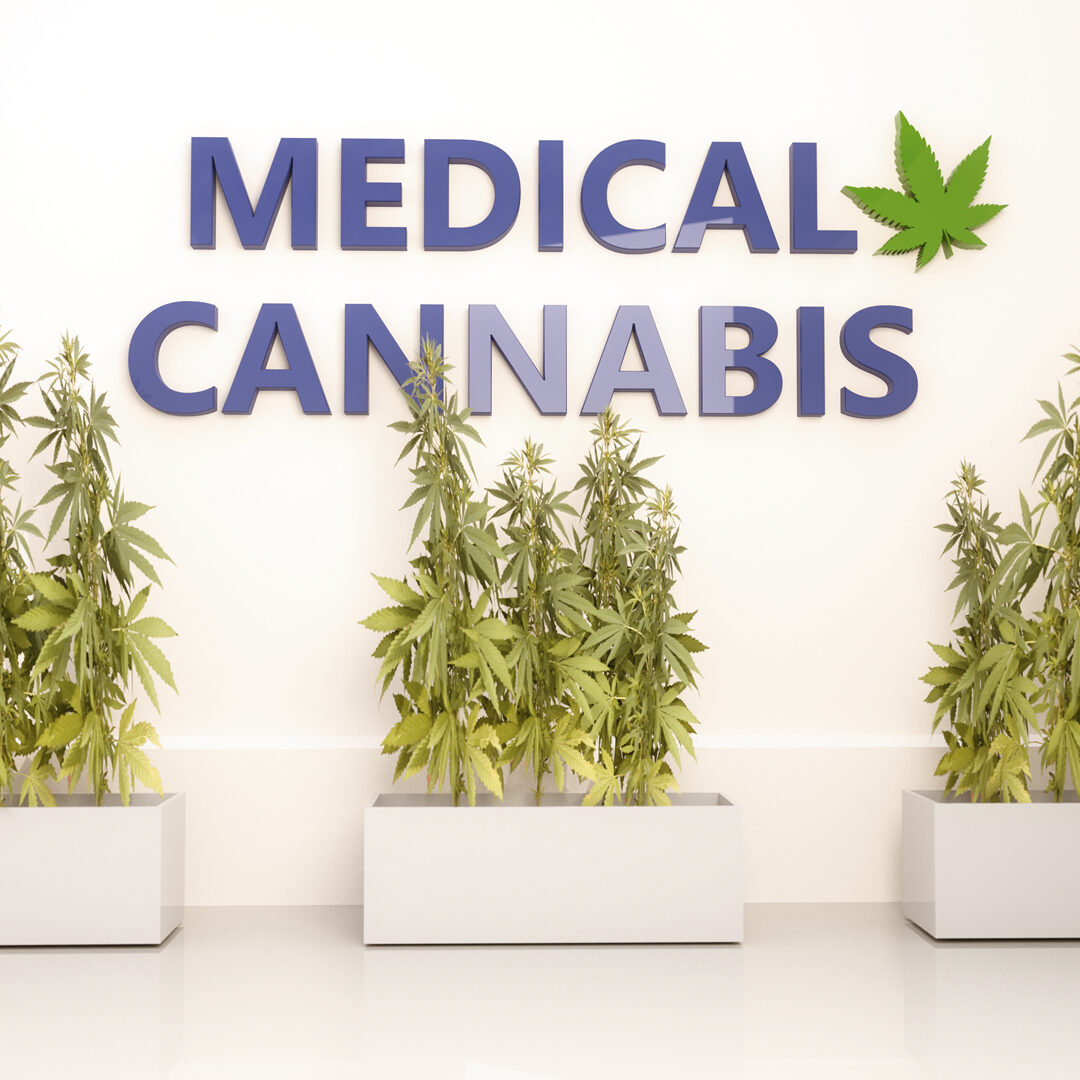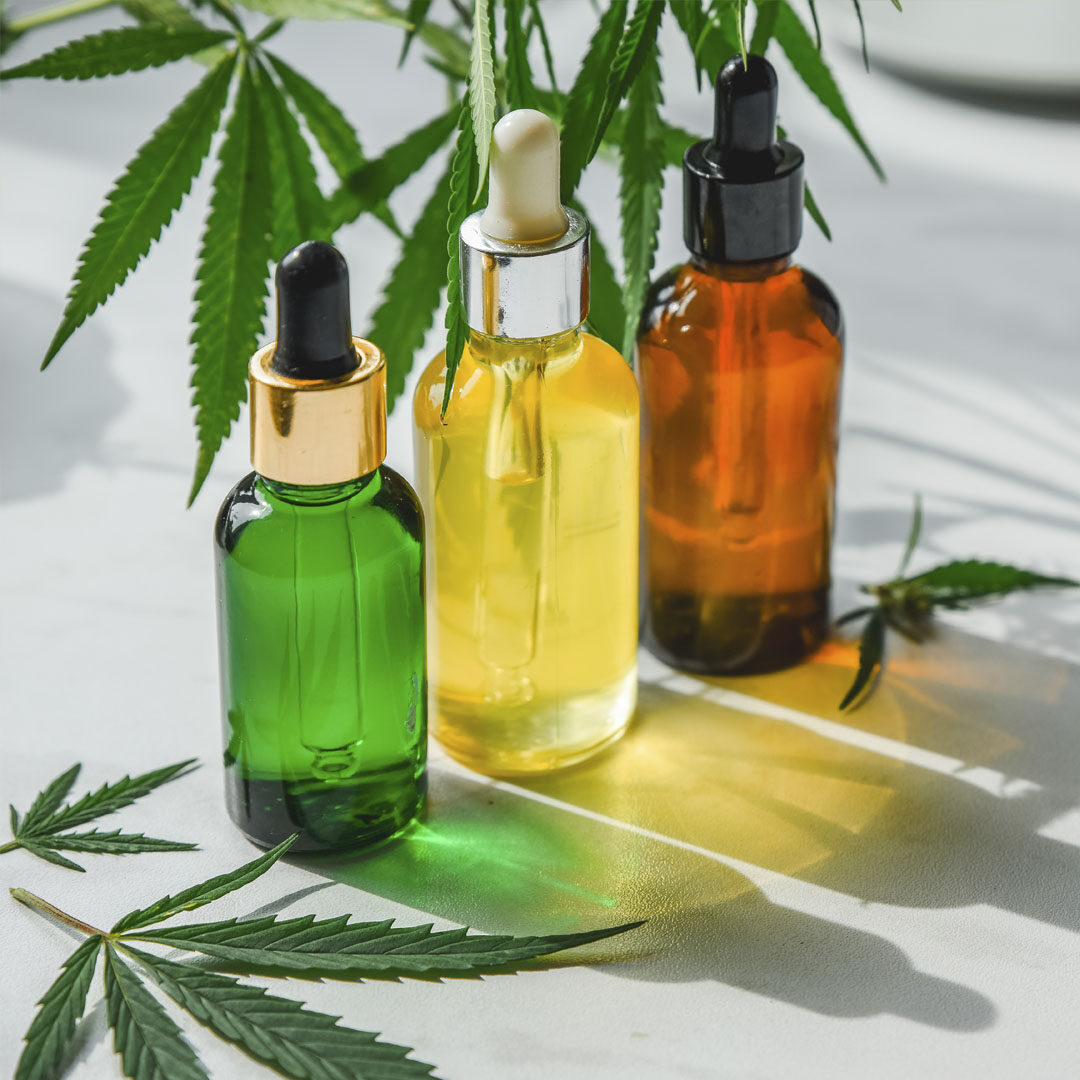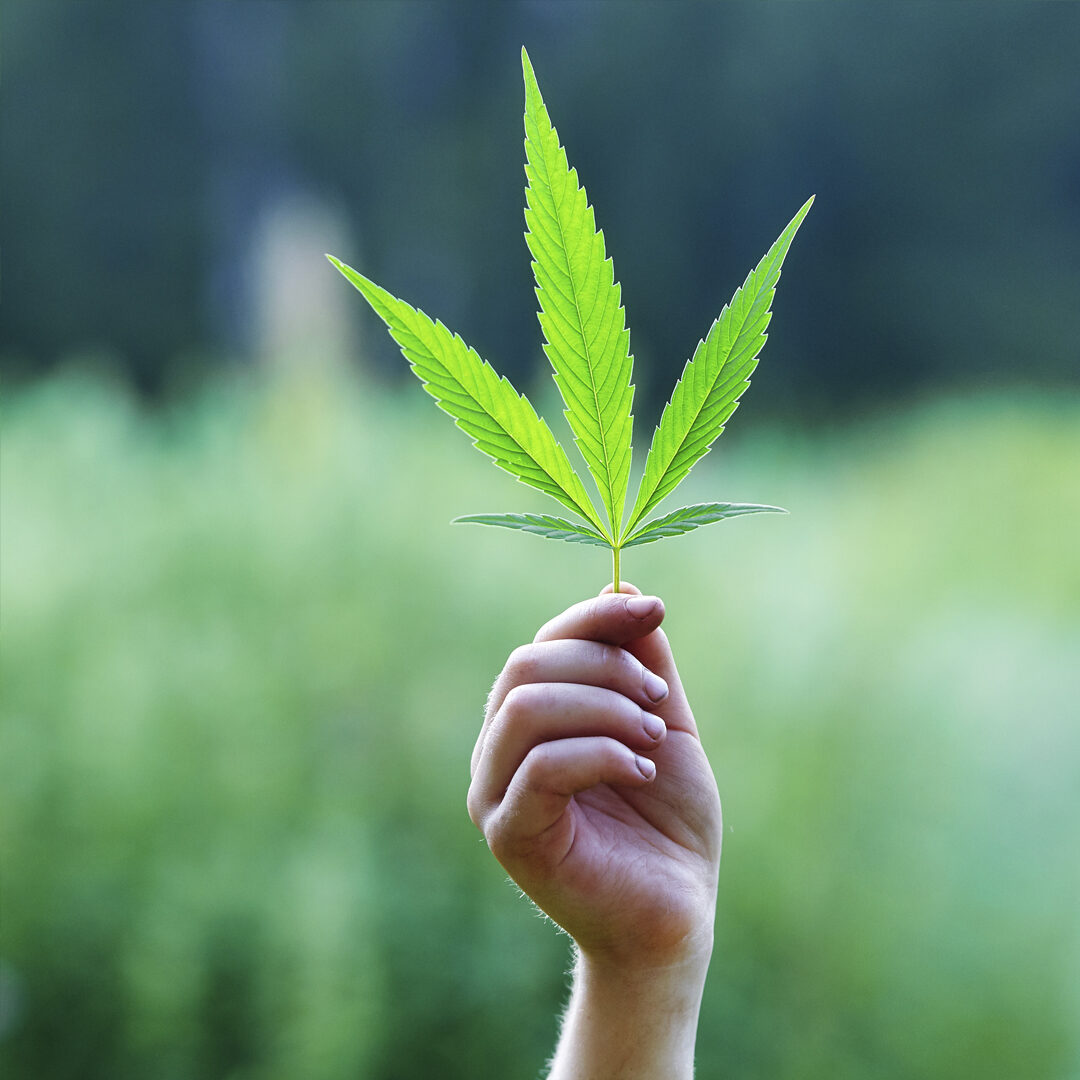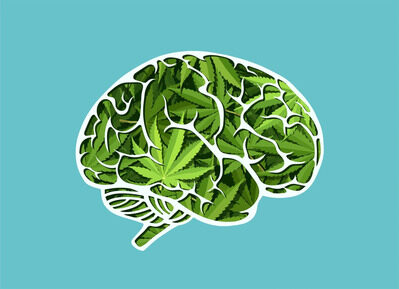With a global mental health pandemic on the rise, along with the rejection of existing conventional medical options due to its threat of addiction, it is no wonder that the scientific community is on the race to discover the next medical revolution to tackle such an issue.
Psychedelics are in for a major comeback. Although they once heavily stigmatised due to substance abuse issues, clinical trials results have nevertheless indicated its safety and higher efficacy, in comparison to traditional medications. These drugs showed great promise in treating a wide range of mental health disorders, ranging from anxiety to chronic depression. Moreover, psychedelics have also been extremely useful in the study of the brain, whereby these drugs allowed researchers to gain a more in-depth understanding of the neurochemical processes that influence human perception and mood.
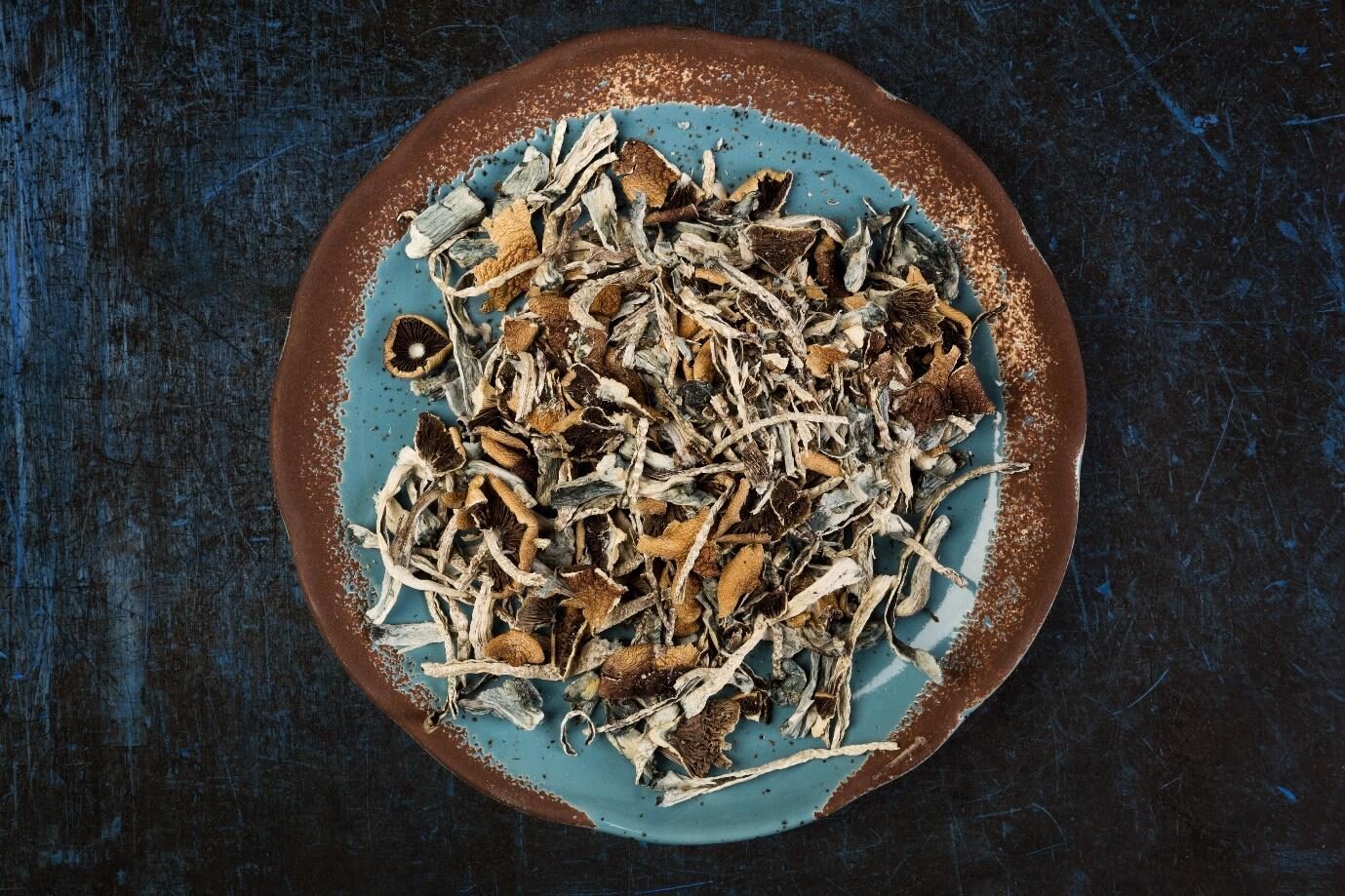
Image 1: Dry psychoactive magic mushrooms
In the long run, if results from scientific investigation showcase an optimistic outcome for these substances, we may have potentially discovered the secret ingredient to remove the massive financial burdens caused by healthcare issues, which has plagued humanity for decades. Alongside that, the population may enjoy an increment in their overall productivity.
What are psychedelics?
Psychedelics are a class of drugs whose primary mode of action involves changing the consumer’s level of consciousness and perception. This is possible as it has the innate ability to manipulate certain neurobiological processes.
Termed “psychedelic” is a result of the fusion of two words, “psyche” (representing mind) and “delic” (representing manifest; having originated from a Greek terminology). These substances are also identified as serotonergic hallucinogens due to its psychoactive properties that produce dream- or spiritual-like experience within their consumers upon ingestion. This led to the majority of psychedelic drug users describing a positive alteration in their mood and awareness of their surrounding environment after a single consumption.

One could obtain psychedelics from a number of sources. Most of these drugs naturally occur in plants (also known as entheogens), whilst several scientists are also able to manufacture some of these substances in a laboratory environment.
Moving on, psychedelics exert their biochemical function by increasing the amount of serotonin in an individual’s brain. Serotonin is a neurotransmitter (meaning a chemical messenger) that is mainly concentrated in two areas of the human brain. These regions are called the hypothalamus and the midbrain. Serotonin is professionally termed as 5-hydroxytryptamine (5-HT) by the research community, whereas the general public have occasionally nicknamed it as the “happy chemical”. This has been attributed to its ability to boost a person’s happiness as well as their overall well-being. Nonetheless, it has been shown that changes in its amount within the brain have been directly linked with the generation of mental health conditions such as obsessive-compulsive disorder (OCD) or anxiety. Linking this back to psychedelics, this has ignited much excitement and heated discussions on developing psychedelic-associated therapies that alter a patient’s serotonin levels as part of a treatment procedure for different types of mental health conditions.
In terms of consumption norms, the majority of the psychedelic drug users space out their drug intake period in weeks or even months, unlike recreational consumers of other types of substances such as weed or marijuana who practice a daily intake habit instead. In addition to that, each person is expected to experience different short- or long-term effects as a result of psychedelic consumption, whereby no obvious pattern has been discovered within the consumer population at the moment. There are numerous factors that may influence the intensity of each effect. Firstly, the type of psychedelic drug one ingests could result in differences in sensation. Secondly, a person’s mental and physical condition, as well as their past illnesses and treatments, could impact the experience felt from the psychedelics. Furthermore, certain users might be adventurous with their intake patterns, in which several have tried mixing psychedelics with other substances (like alcohol, doctor-prescribed medications, or over-the-counter pills). These self-created “cocktails” are frequently connected to an unpredictable bodily response and may be dangerous.
Therefore, it is crucial for every individual to note that psychedelics affect everyone in a unique way, and the consumption of these substances will always be tied to a particular risk. Henceforth, being a mindful consumer is a necessity. Nevertheless, psychedelic drugs have been categorised as a safe drug overall by physicians, and they will cause negative side effects such as drug addiction or dependence within its user.
Psychedelics vs cannabis
Psychedelics are largely comparable with cannabis due to various similarities in terms of their property and legal status. Such examples include both of these drugs being entheogens, with some of them not needing to be grown and harvested within a laboratory setting as there are existing technologies to artificially synthesise them. In addition, a Schedule I/Class A label has been assigned to both of these substances, which means that they are recognised as drugs with an unknown medical value. Psychedelics and cannabis have been used by humanity throughout the millennia for medical applications or recreational use. Interestingly, the Dutch drug legislation had a flaw that resulted in the legalisation of certain types of psychedelics and cannabis, resulting in these drugs to be easily accessed and purchased in “smart shops”, which are retail stores specialising in the sales of psychoactive products.
On the other hand, one of the noteworthy differences between psychedelics and cannabis is that cannabis has a much more advanced legislation as well as industrial development in comparison to psychedelics.
A brief history of psychedelic usage
Psychedelics are most likely the oldest variant of psychopharmacological agents discovered by humanity. Several accounts reported the utilisation of such substances by various cultural communities across the globe as there was a general religious faith that psychedelics possess spiritual and supernatural properties. Great examples of such ethnic groups would include the indigenous groups situated in Latin America or West Africa.
In the Western and Central African region, the Baka people (who are also identified as the pygmies) traditionally use ibogaine as a common medication and also during specific events like the Bwiti religious ceremonies. Conversely, the Mexican curandera community (also known as the native shamans) are still conducting healing ceremonies that utilise psychedelics up until today.

However, although the psychedelics supply has been consumed for advantageous reasons historically, several governments and medical communities have labelled these drugs with a negative identity due to the various issues of drug abuse between the years of 1950s and 1960s. Much of the problems peaked as a result of the infamous “hippie” culture and contributed to a long-term stigma against psychedelic research efforts. Additionally, psychedelics were also once called “psychotomimetic drugs” by the research community as they are able to promote a psychosis-like mental state. Psychosis can be defined as a mental condition whereby hallucinations and delusions cause a person to lose touch with the real world. Nevertheless, psychedelics were eventually found to be an inappropriate tool for the modelling of psychosis and mental health disorders in patients.
Eventually, the dismissive branding of psychedelics began to die down over time. The rate of such reduction was intensified via the various initiatives that were undertaken to decriminalise similar drugs, particularly cannabis. Besides that, there has been a rising number of research efforts instigated by researchers from leading universities worldwide. This has essentially contributed immensely in gaining public support for psychedelic drugs.
One of the perfect examples would be the United States. Many cities such as Denver, Oakland, Oregon, and Santa Cruz have initiated large campaigns calling for the decriminalisation of psilocybin (a variant of psychedelic), with the hope of making it available for recreational use. Top universities like New York University (NYU) and Johns Hopkins University (JHU) have also participated in cutting-edge research efforts to better understand the medical value of psilocybin. If the experimental results present a positive implication for these drugs, this highlights an exciting possibility of reclassifying psilocybin into the Schedule IV drug category from its initial Schedule I category. This means that psychedelics would be recognised as drugs carrying a known medical benefit within five years and poses a low risk for patients to develop substance abuse problems.
Furthermore, one of the only countries on Earth whose drug legislation did not explicitly make psychedelics illegal would be Jamaica. This resulted in greater access of the substance by all the citizens, and also meant that Jamaica is a highly suitable place for researchers to conduct studies on psychedelics. Such initiatives would include the University of the West Indies that is situated in Mona, Jamaica. The tertiary institution partnered with Field Trip Ventures Inc. in 2019, alongside gaining support from the government authorities, to establish the world’s first-ever psilocybin research centre. They announced that their main research aims to be revolving on understanding how these drugs are able to be converted into a common medicine to treat patients suffering from mental health illnesses, so they could be eventually rebranded into a more positive image.
Current findings and understandings of psychedelics
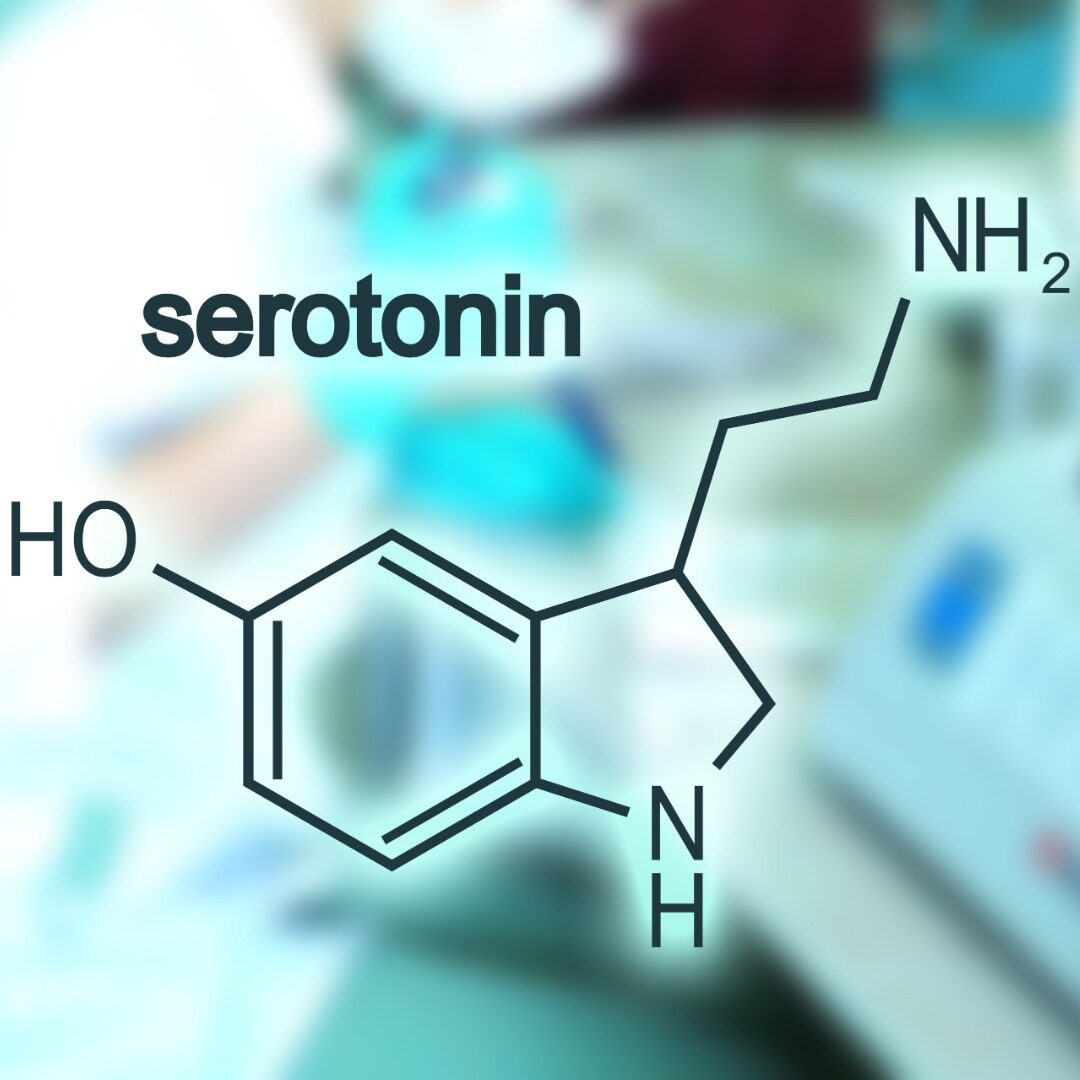
To put it simply, psychedelics function by inducing greater serotonin levels in the brain. Diving into finer details, an activating receptor known as the 5-HT2A (5-hydroxytryptamine 2A) receptor is responsible for controlling the amount of serotonin released in our brain. These 5-HT2A receptors are present in large amounts within our central nervous system (CNS), whereas various other regions such as our cardiovascular system and the peripheral nervous system also possess such receptors.
Psychedelics are well known to be able to bind and (sometimes partially) activate these 5-HT2A receptors. These types of substances are essentially scientifically termed as agonists or partial agonists. And as a result of this, the amount of serotonin in the brain gets increased. Studies have shown that psychedelic drugs actually have a high level of specificity for these target receptors when exerting their function on a consumer.
With that in mind, this invites an interesting discussion on the different experiments that were organised to further appreciate how knowledge of psychedelics may offer an advantage in creating resolutions for pressing mental health issues.
There were multiple investigations using rats as animal models to determine the unidentified neurological processes that underpin the 5-HT2A receptor’s function. Optimisation and iteration efforts have been conducted over the last 20 years, with the final conclusions being that the agonist nature of psychedelics serves as the most crucial pharmacological component in order to produce hallucinogenic effects on the consumer.
Various types of modern imaging tools have also been employed to study and identify specific regions in a person’s brain that is directly impacted by these psychedelic drugs. Such imaging equipment includes the magnetic resonance imaging (MRI) and magnetoencephalography (MEG) machinery. The results from these studies determined that the temporal lobe as one of the key brain areas that are affected by the drugs. This region, in particular, manages an individual’s memory and behaviour. However, there is still a lot that is unknown regarding how psychedelic substances can manipulate the neurobiological and chemical correlates of a regular brain.
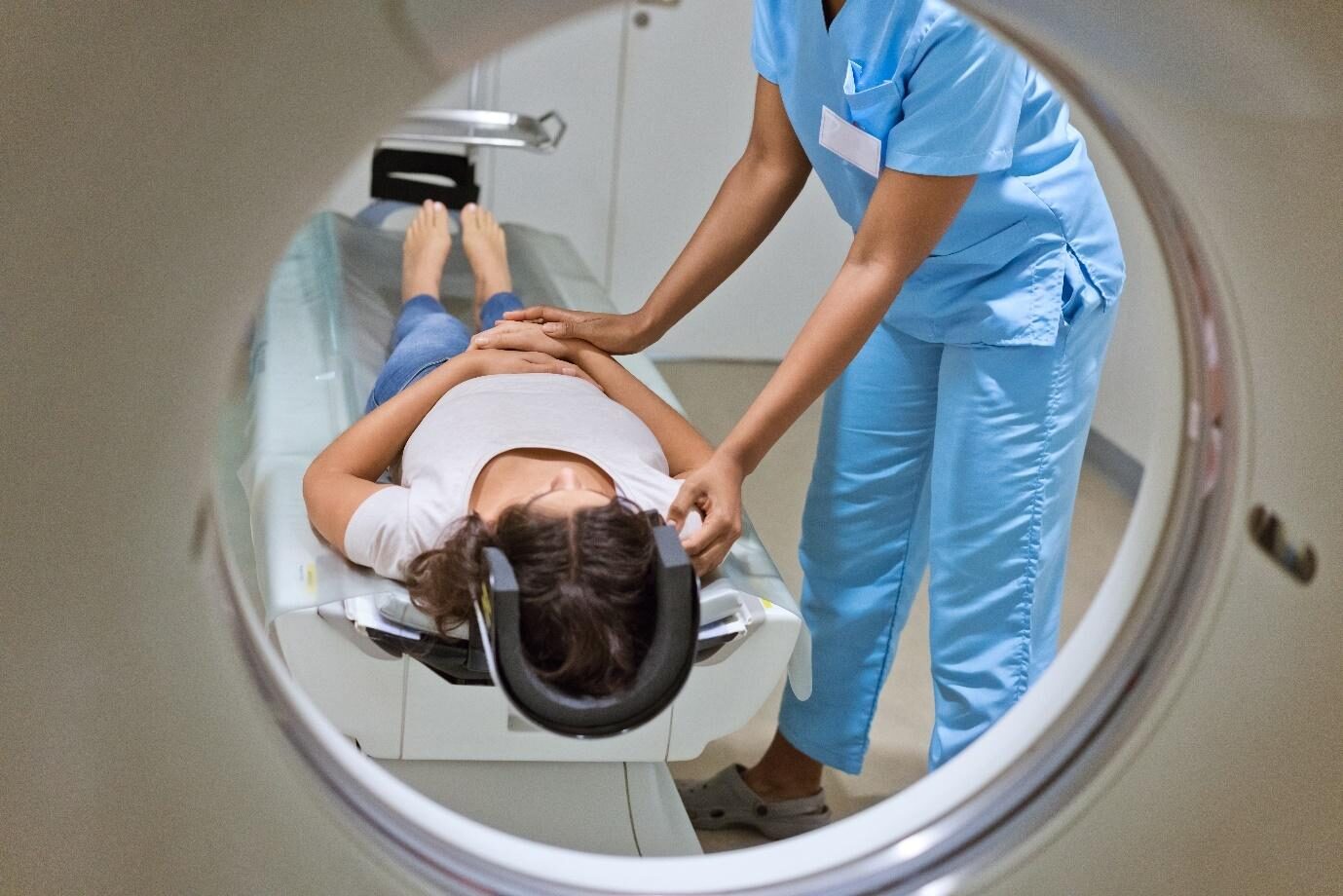
Image 2: Much research efforts have been done on the potential of using psychedelics to treat patients with mental health conditions.
Various double-blind placebo-controlled phase 2 clinical trials conducted by numerous research teams placed a focus on learning whether psilocybin could be used to provide anxiety relief amongst patients suffering from cancer. Emerging data depicting an impressive positive effect induced by this specific type of drug implied the potential applications of psychedelics in anxiety and depression treatment. Back in 1963, the Spring Grove State Hospital in Maryland, United States, developed and performed an experiment that evaluates the value of psychedelic-based psychotherapy as part of the treatment process for cancer patients who are experiencing significantly high levels of anxiety. In this scenario, they used a different type of psychedelic drug that is called LSD (lysergic acid diethylamide). The final results from this study reported around two-thirds of the patients having a positive change in their mood alongside a reduction in their anxiety levels. In addition, subjects have also reported a reduction in their fear of death, thus placing psychedelic-associated therapy under a positive light.
The results from this team’s experiment encouraged two different groups at Johns Hopkins University and New York University to conduct two unique phase 2 clinical trials. Both groups studied the effects of psilocybin-assisted psychotherapy on relieving patients with cancer-related psychosocial distress (CRPD). Similar to the Maryland team’s results, they recorded an exceptional drug efficacy in the treatment of the cancer patients and suggested that this method was much more effective than the existing modern therapy options available in the market.
The exciting news implying a great potential of psychedelics in the medical field has inspired many more to go beyond the conventional research scopes as well as clinical trial designs, with the primary objective of determining how psilocybin and/or LSD could be used to treat obsessive-compulsive disorder (OCD). On the other hand, two small-scale pilot initiatives showed that psilocybin-assisted psychotherapy provided medical benefits in treating individuals who are challenged with nicotine addiction (as a result of smoking) and alcohol abuse.
Cluster headache treatment was also another notable area of research. Cluster headaches are a more serious type of headache. It was brought forward by researchers that psychedelics might be a more efficacious and therefore effective treatment method compared to conventional techniques (like 100% oxygen or subcutaneous sumatriptan) in helping to terminate acute attacks caused by cluster headaches. Research evidence supporting this notion include data collected from various online interviews on 53 subjects challenged with cluster headaches and have ingested either psilocybin or LSD. 22 out of 26 users (equating to 85%) falling under the psilocybin group noted an abortion from the acute attack after consuming the drug. Meanwhile, 87.5% (7 out of 8) LSD users along with 53% (25 out of 48) psilocybin users indicated a complete relief from the symptoms of cluster headache.

Image 3: There has been much excitement surrounding the potential application of psychedelics for the treatment of cluster headache.
Besides that, psychedelics have great potential to treat patients suffering from depression. Depression is mainly caused by the degeneration of neurons (a specialised cell within the nervous system that transmits information in an electrical form) in a specific area of the brain known as the prefrontal cortex (PFC). There have been theories surrounding the ability of ketamine (another type of psychedelic drug) to induce changes in the structure, plasticity, and function of neurons, while promoting an increase in the synapse numbers quickly as a result of its antidepressant functions. This, in short, helps to treat depression and offers promising therapeutic value for other variants of psychedelics to assist such patients.
An important aspect of psychedelic usage to note is that the disruption of one’s consciousness and perception of the environment due to the consumption of these drugs is not the same as the effects experienced through meditation. This could be explained by the minute differences in the types of neurological processes that these two different activities may manipulate.
The different compounds of psychedelic drugs
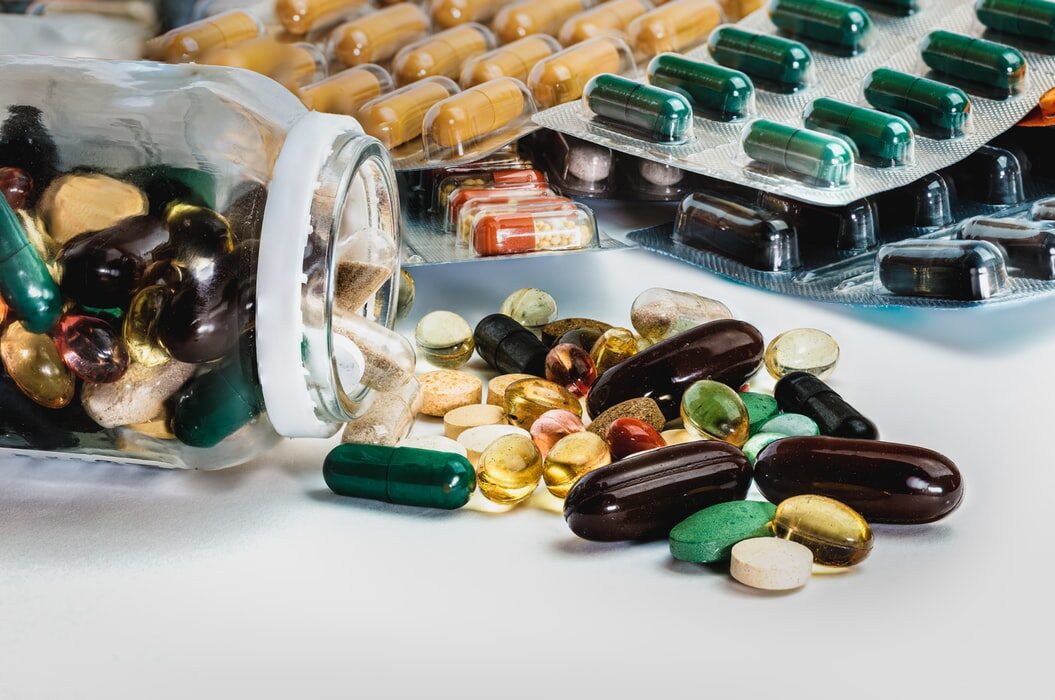
Psychedelic drugs come in various forms and thus offer a vast option for consumers. The different types of psychedelics include psilocybin, LSD (lysergic acid diethylamide), ketamine, ibogaine, MDMA (3,4-methylenedioxymethamphetamine), DMT (dimethyltryptamine), and mescaline.
To begin with, psilocybin is popularly identified as the “magic mushroom”. As per its name, this compound can be obtained from more than 200 mushroom species. It is a 5-HT2A agonist by nature, with its psychoactive properties able to cause hallucinations within its user upon ingestion. Many consumers take psilocybin by eating it, drinking it as a tea brew, or treating it as a dessert by adding a chocolate coat.
LSD can be extracted from a fungal species that grows primarily on rye. LSD users ingest this psychoactive substance mainly through capsules, tablets, gelatin squares, or pieces of paper when they wake up in the morning. Many have argued for its therapeutic potential to treat neuroses, which includes narcotic and alcohol addiction as well as schizophrenia.
On the other hand, ketamine is slightly unusual as it is the only psychedelic drug that has received approval as a general anaesthesia for several years. It is categorised as a Schedule III substance in the United States, which essentially identifies it to have a low-to-moderate chance of developing an addiction within its user. Thus, ketamine is classified as an “off-label” drug and has resulted in the proliferation of ketamine-infusion therapy clinics across the country, in which this substance has been used to help suicidal patients or individuals who are experiencing high levels of anxiety and/or depression. Snorting or (occasionally) injection are typical ways for users to ingest ketamine, whereby some hypothesised that one intravenous infusion of ketamine could drastically improve the patient’s mood for the subsequent four days.
In contrast, ibogaine is a product that is rarely micro-dosed. It is also a particularly challenging compound to be extracted from its source, the perennial rainforest shrub. Several users consume this substance as a pre-made TA (total alkaloid) powder, with some noting that ibogaine could help decrease the frequency of drug abuse and symptoms of withdrawal within a single dose.
Next, MDMA is a psychedelic drug that is more popularly labelled as ecstasy, which draws connections with various news on substance abuse. This led to many governments being forced to prohibit the recreational consumption and medical usage of MDMA. Nevertheless, this drug has been shown to be very useful in treating patients that are suffering from post-traumatic stress disorder (PTSD). Specifically, MDMA was reported to be useful in assisting patients in identifying their psychiatric problems for treatment. With that in mind, charity groups such as MAPS (the Multidisciplinary Association for Psychedelic Studies) have spearheaded campaigns to support the reclassification of MDMA as a viable drug.
Moreover, DMT is a psychedelic compound obtained from the vines of the Banisteriopsis caapi species and the leaves of a plant species called Psychotria viridis. It is an active hallucinogen present in ayahuasca, with most consumers choosing to smoke powdered versions or drink brews of this drug. There were numerous accounts of DMT producing a more rapid effect (in a matter of seconds) in users than other psychedelic drugs when it is consumed via micro-dosing.
Mescaline is a peyote cactus-derived psychedelic alkaloid. Alkaloids are essentially organic compounds that have the element nitrogen within its structure. The hallucinogenic effects produced by mescaline have been frequently compared with those generated by LSD and psilocybin. Henceforth, proposed medical values for this substance include a possibility of using it to treat alcoholism and/or depression.
An overview of the psychedelics industry
Current market performance

The World Health Organisation (WHO) reported an escalating percentage of the world population who are becoming patients of depression and other mental health disorders. In specific, depression has been the major causative agent for disability and high disease burden. More than 322 million individuals were found to suffer from this disease directly or indirectly. In addition to that, the WHO has also documented approximately 4.4% of the global population to be categorised as patients suffering from a mental health condition. These include relatively mild diseases like anxiety to more severe types like chronic depression.
To worsen the situation, currently available treatment options are unfavourable too, with the majority of these pharmaceutical products encountering negative reviews from the public due to the severity of the side effects experienced by the long-term users. These include developing an addiction for opioid, which is essentially the foundation for the antidepressant market. Moreover, there is also an increasing customer interest for medications that are naturally derived (meaning that they are plant-based).
Given that there is a large population demanding novel treatment options as a substitute to the conventional ones and understanding that the alterations in the serotonin levels in our brain are linked to the development of poor mental health, this ultimately reignited an interest in psychedelics. In particular, there has been much research interest surrounding these drugs as a practical therapeutic option for improvement of mental health. This consequently presents a commercialisation opportunity, whereby the psychedelics industry is predicted to be well-equipped to develop exponentially in the next decade despite starting from a small base.
Although the current state of the psychedelics market is generally fragmented, which explains the lowered amount of hype associated with this industry at the moment, this is most likely going to change in the next few years. And there are various solid reasons to support this.
The United States’ Food and Drug Administration (FDA) has granted several “breakthrough therapy” statuses recently to psychedelics such as psilocybin and esketamine (derived from the psychedelic ketamine), legalising them for clinical trials. This is because these two drugs have shown positive results when treating depression, thus emphasising their medical benefits. Meanwhile, for ibogaine and psilocybin, the “one-and-done” or one-two dose intake practice respectively presented exciting alternatives to alleviate patients with mental health conditions from the recurrence of such symptoms. Even an 80% success rate of using psychedelics to treat addiction was reported.
With this information in mind, it is clear that psychedelics possess the power for market disruption, should they successfully have received authorization for commercialisation from drug regulatory organisations. As highlighted by Mr Brad Loncar, a biotech investor, he noted that the market could expect “a flood of investment” once psychedelic drugs obtained a green light from regulatory bodies. Supporting Loncar’s point, there are currently lower numbers of barriers to investment within the psychedelics market in comparison to the medical cannabis market. This highlights a great incentive for investors to finance initiatives in such markets. Examples of such activity include a collaborative investment effect between a group of technology investors from Europe, who agreed to fund ATAI Life Sciences, a German biotechnology firm. Interestingly, this investment was made just after the FDA approved pharma giant Johnson & Johnson’s treatment for depression in 2019, which is a ketamine-like nasal spray.
Another factor contributing to the future growth of the psychedelics market include the online learning platforms and modification of medical course syllabus by professionals and universities. These types of work were executed in order to educate the public on the potential of psychedelics as a medicine.
Meanwhile, Prohibition Partners, the consulting firm specialising in the international cannabis market, have analysed and discovered a vast improvement in the society’s economic status if psychedelic-assisted therapies are authorised for commercial use. Focusing on the United States and European countries, this innovative therapy could save them more than US$150 billion in terms of healthcare costs (including costs associated with depression and substance abuse issues) and US$12.4 billion that is spent on resolving PTSD-related issues.
Characteristics of companies within the psychedelics industry
There is no doubt that the extraordinary potential of the psychedelics market invited various companies and investors to explore this space. This is further demonstrated by the high number of companies focusing on the psychedelics market, which are pacing at an impressive rate, even though the market is currently at its infancy stage.
Common features of these rapidly growing firms include its extremely solid management board, as most of the leaders originated from a venture capitalist role or had a previous background as the pioneering leaders of the cannabis and/or scientific research industry. Their business models often align very well with the institutional investors’ mandates and preferences, and most of these companies specialise in the sales of certain types of psychedelic. Popular ones include psilocybin, ibogaine, and ketamine.
Taking MindMed, a neuro-pharmaceutical company, as a case study, top psychedelic firms are usually financially supported by reliable capital streams as opposed to the early movers within the cannabis industry. In this case, the Wall Street Journal mentioned that MindMed has received funding from various world-renowned investors such as the founder of Toms Shoes, Blake Mycoskie and television personality Kevin O’Leary, as well as large corporations like Bail Capital, Cannell Capital and Grey House Partners.
Trends and preferences of consumers within the psychedelics industry

Heavy social media influences from platforms such as YouTube along with viral docuseries providing an account on psychedelics resulted in an increase in customer awareness surrounding the use of psychedelics as a medicine.
A survey conducted by YouGov in 2017 focusing on citizens of the United States revealed that approximately 60% of the potential customers were willing to experiment on psychedelics in order to treat mental health-related illnesses if they were officially diagnosed with one. This is subjected to the presence of strong evidence that directly showcases the effectiveness of these drugs.
Another emerging trend among customers was a rising demand for plant-based products (also called “all-natural” medication), which has infiltrated the vegan and clean-eating industries. Understanding that psychedelics are natural entheogens, the introduction of these drugs would align well with the current demands, so winning customers over from the conventional treatment market would be highly possible.
In addition to that, many drug users have been practising an intake habit called micro-dosing. Psychedelic micro-dosing is basically the regular ingestion of “sub-therapeutic” amounts (often one-tenth of a standard dose) of psychedelic medications. However, this would be reliant on the user’s personal judgement. In the case of LSD, a consumer who cultivates a micro-dosing habit would be ingesting only 10 micrograms as the standard dosage amount for LSD is 100 micrograms.
This drug intake practice was first put forward by Dr James Fadiman, an American LSD researcher and psychologist best known for his 2011 publication “The Psychedelic Explorer’s Guide”. His book fundamentally discusses and presents a protocol for micro-dosing, which consists of four steps in total: dosing, observation (keeping track and recording one’s mood and perception post-psychedelic consumption in a journal every day), calibration (increasing the dosage level via specified intervals with the objective of finding out one’s optimum intake amount), and timing (ensuring sufficient time intervals between each intake period to prevent the establishment of drug tolerance). The guidebook eventually became a global best-seller, with his proposed protocol soon becoming a standard guideline. Meanwhile, Dr Fadiman was reported to form a scientific collaboration with fellow researcher Dr Sophia Korb to launch the largest non-clinical investigation on micro-dosing in the world, which involves more than 400 participants originating from 59 different countries.
Micro-dosing has become a popular intake habit amongst the drug user population as it was described to contribute to the improvement of a person’s well-being and health over the long term. The benefits described included experiencing an improved state of mind, better creativity levels, energy, and daily productivity. In addition to that, micro-dosing was also said to assist with heightened social and cognitive advantages whilst being able to enjoy experiencing physiological enhancements like a reduction in one’s levels of anxiety. However, such claims have not yet been validated due to the extremely limited number of empirical researches with strong evidence. Furthermore, the current legal and bureaucratic climate has resulted in an unfavourable environment for direct empirical investigation, whereby it is, unfortunately, challenging to even be granted a research license.
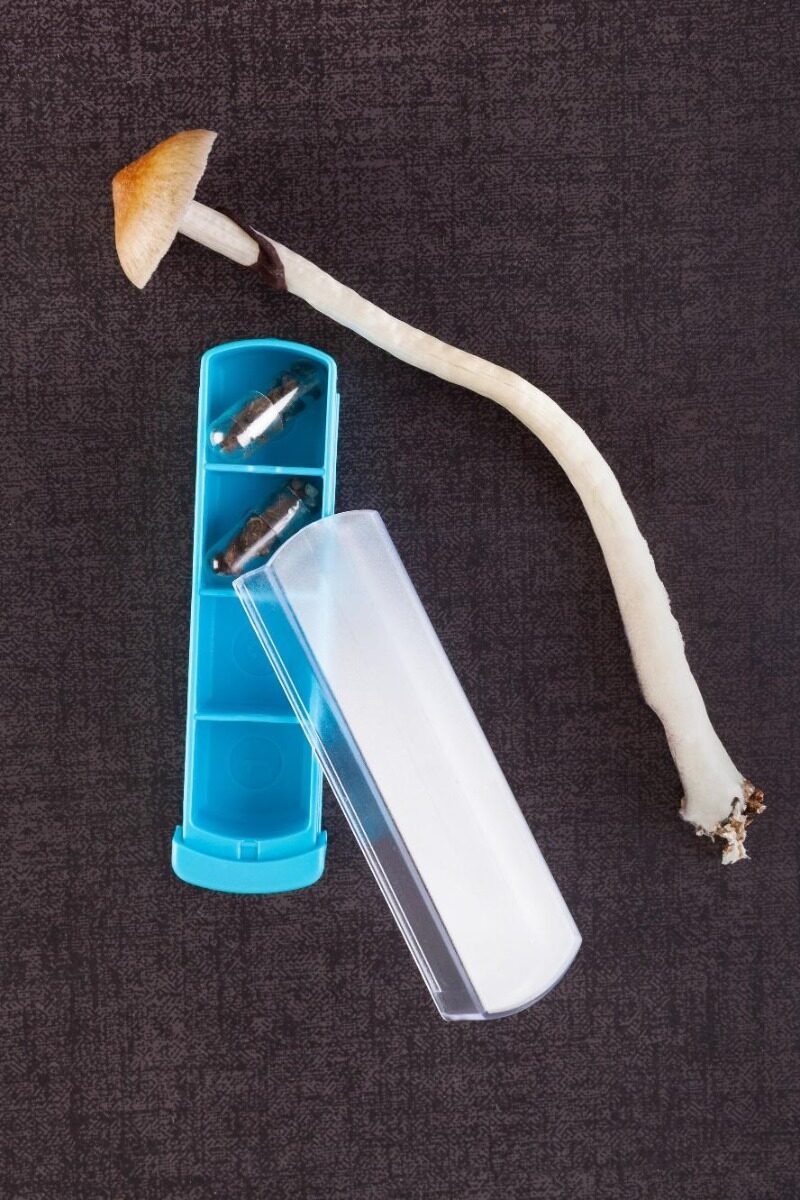
Image 4: Psilocybin magic mushroom with gel caps in pillbox
Until then, news platforms like The Guardian reported an expanding proportion of people in the United Kingdom beginning to practise psychedelic micro-dosing, with a number of individuals describing their sensations as being “you don’t feel high, just… better”. Several reports also declared a reduction in alcohol and cocaine consumption amongst millennials once psychedelic micro-dosing has been adopted. On the other hand, a systematic longitudinal study conducted by Polito et. al. (2019) on a total of 98 participants that micro-dose psychedelics, in which the scientists recorded every subjects’ daily experiences and numerical ratings of the general mental state across six weeks. Analysis of their day-to-day ratings revealed an astounding improvement in their psychological well-being post-consumption of psychedelics, whilst minimal to no residual effects taking place in their following days. Furthermore, investigations of the pre- and post-experimental measures uncovered a reduction in the participants’ stress levels and symptoms of depression in combination with a general improvement in their productivity.
In the meantime, Anderson et. al. (2019) led a research investigation to identify any relationship between a person’s mental condition, creativity, and personality upon ingesting psychedelics via micro-dose quantities. The results from their research showed a positive correlation, permitting additional studies on the safety and efficacy of these substances.
Start-ups that are currently operating within the psychedelics space
There are several notable start-ups that are currently operating in the psychedelics industry, which is not surprising given our previous discussions on the massive growth opportunity offered. The start-ups can be categorised based on their stage of progress, namely seed stage, Series A, Series B, pre-reverse takeover (RTO) stage, and initial public offering (IPO) status.
These start-ups are typically composed of highly intelligent people both on the management board and operational level. The heads of these organisations usually have a credible and extremely remarkable expertise in finance, science, or company growth. As a result, most of these private companies are well-accomplished in securing the necessary funding for the research and development efforts, with many of them having a high chance of achieving an IPO status in the next 12 to 18 months.
There are notable strategies that these start-ups adopt to maintain their competitive positioning within the market. Several companies designed products with the intention of filing for an intellectual property (IP) status. Others may try to take over the lion’s share of the market through pinpointing a niche market to target, whereas a few would attempt to become market leaders that are resilient to the competition. Meanwhile, some firms have tried to add new revenue sources and/or look for exciting opportunities to exit the market.
Nana is an excellent example of a psychedelic market within the seed stage. Building an identity as a technology firm, they are interested in enhancing the welfare of their customers by offering lifestyle medication in a guided approach. This would be done by developing an inexpensive primary treatment facility, with the intentions of franchising the centres as a long-term goal. Their business model follows suit with other available telemedical services, whereby each customer is charged a monthly subscription fee between US$200 to US$400.
Three companies fall under the Series A stage, Firstly, life sciences firm Eleusis Ltd focuses on the clinical stages, whereby they announced positive results in December 2019 for their Phase I clinical trials that investigates LSD and its safety for consumption by healthy people. They also declared their intentions of expanding their field of research to cover the potential application of LSD for the treatment of Alzheimer’s disease, due to its anti-inflammatory characteristics. Cybin, on the other hand, is a company interested in spearheading clinical trials with the hopes of introducing psilocybin drugs into countries that have favourable drug legislations, including Jamaica, Brazil, and the Netherlands. They plan to achieve this by protecting their products under an IP claim before committing to a partnership with larger pharmaceutical companies that are operating within the mental health and cognitive well-being market. Whereas the American-based DemeRx is a pharmaceutical firm that concentrates in the development of ibogaine and noribogaine through clinical trials. They hope to launch these products as a treatment option for patients suffering from drug abuse, particularly opioid.
Moving on to the companies at the Series B stage, the Germany-based ATAI Life Sciences is an international biotechnology firm founded in 2018, they specialise in investing and acquiring therapies for the treatment of longevity and mental health. They managed to raise a total of US$25M in their Series A financing round in October 2018, with another US$43M raised in their Series B funding round conducted in March 2019. After that, the firm signed on to a joint venture (JV) with a company called Cyclica Inc. in November 2019 in order to create treatments for mental health. In addition, they also committed themselves to a US$22M investment with DemeRx under another JV, whereby they hope to bring ibogaine into the phase 2 stage of their clinical trials. Another good example would be a private mental health company called COMPASS Pathways. There has been unofficial news regarding the company’s intentions of going public in 2020. Nevertheless, they mainly specialise in psilocybin and have been granted a “breakthrough therapy” status by the FDA in 2018 for the psilocybin-based treatment method to help patients with clinical depression.
Next, Numinus is a private company having the goal of going public in 2020 via an RTO with Rojo Resources. They are looking to set up a network of healing centres across the United States, targeting patients who need medications to treat PTSD or drug addiction.
Finally, MindMed and the Wuhan General Group are firms that have successfully gone public (i.e. achieved an IPO status). For MindMed, this was a fairly recent event and they were the world’s first public pharmaceutical firm who have created a treatment option using psychedelics. Much of their present-day research projects involve conducting the first-ever Phase II clinical trials on the effectiveness of LSD micro-dosing within adults who are diagnosed with attention deficit hyperactivity disorder (ADHD). The company announced their visions of utilising the data obtained from this clinical trial to extend their field of research on over types of psychedelic drugs that possess promising therapeutic abilities. On the other hand, a psychedelics-focused division known as M2Bio has been created by the Wuhan General Group to explore any other exciting wonders of this drug as a medication.
Future directions and the challenges of psychedelic research
The current difficulties linked to the development of psychedelic therapies are very similar to the challenges experienced with medical cannabis, whereby it is necessary for researchers to devise a practical solution to convert an unstable compound into a drug, which can effectively replicate its therapeutic benefits in a consistent manner.
Moreover, FDA approval is mandatory in order for pharmaceutical companies to legally sell this medicine alongside bearing sufficient coverage from insurance. Besides that, it is crucial that these firms also respect the cultural, spiritual and historical links that these substances possess if they intend to win over the favours from the traditional indigenous population.

Anastasiia Myronenko
Anastasiia Myronenko is a Medical Physicist actively practicing in one of the leading cancer centers in Kyiv, Ukraine. She received her master’s degree in Medical Physics at Karazin Kharkiv National University and completed Biological Physics internship at GSI Helmholtz Centre for Heavy Ion Research, Germany. Anastasiia Myronenko specializes in radiation therapy and is a fellow of Ukrainian Association of Medical Physicists.

